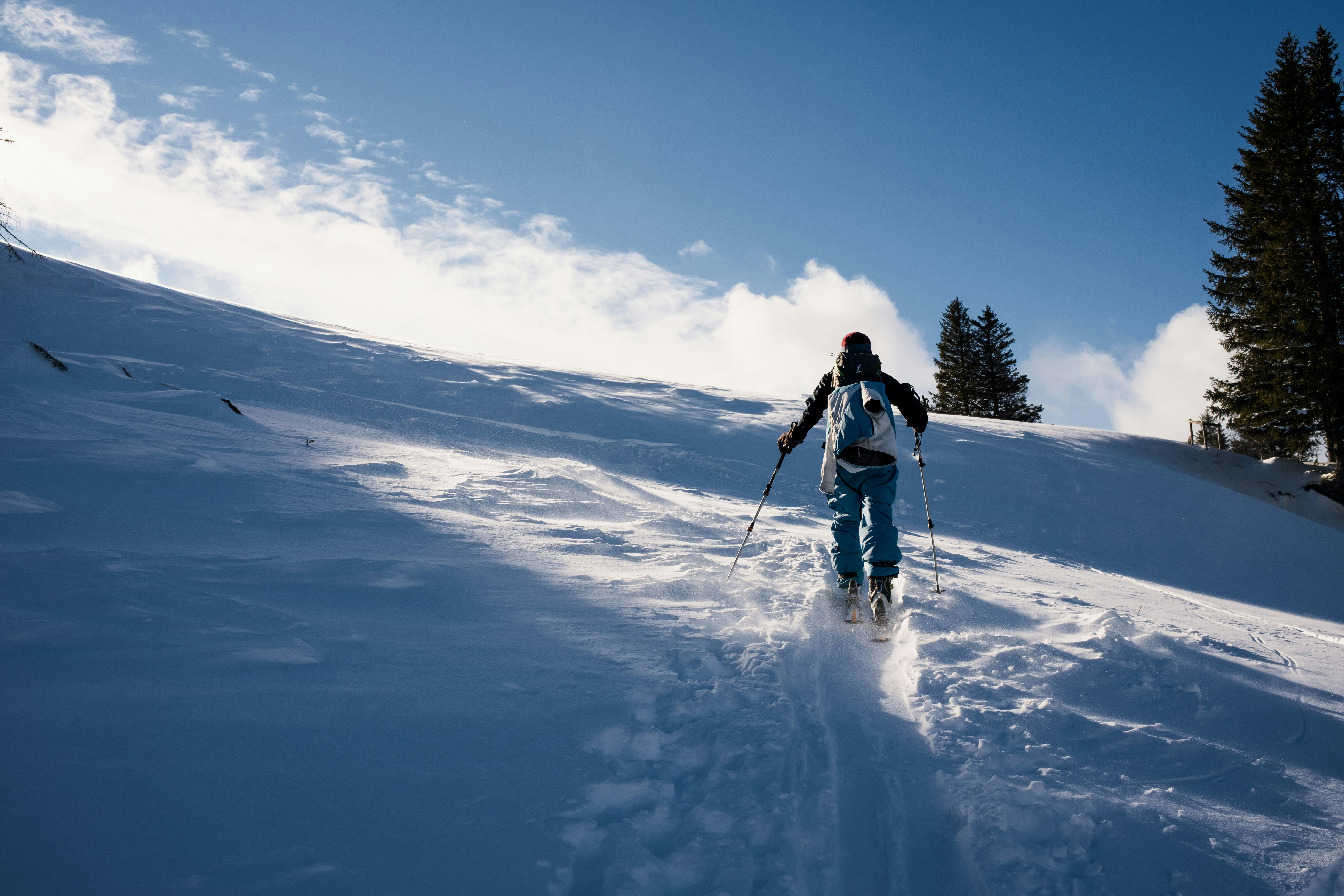#
How to practice
Speed doesn't come from doing everything faster. It comes from not doing things that don't matter.

Every training session on skis will require at least a handful of transitions. Use the time wisely, pay attention to the details, and refine your skills.
#
Accept that you need to practice
If you haven't practiced a lot, then your transitions are slow. If they're slow, you'll waste time. If you waste time in a race, you may lose to someone who is less fit but more organized.
If you spend hundreds of hours training, you may gain minutes on your competitors. But those minutes are perishable. If your training volume drops for an extended period of time, the minutes you've gained will disappear.
But that's less the case with technical skills. If you can refine your technical skills to a very high level, they'll be with you a lot longer and can be maintained with very little additional practice. (Resort skiing is popular for a reason: it's a technical skill that doesn't fade much. Real fitness isn't required.)
Or you can wait until you lose to someone you know you shouldn't. That'll drive the point home more clearly than this section ever can...
#
Practice slowly
The key to fast transitions is slow practice. You need to practice slow enough that you can notice your inefficiencies and remove them. If you practice too fast, you'll fluster past your mistakes and cement them into a bad habit.
Slow down to the point of feeling absurd. Notice how each limb is moving, not just the one you're foucsed on. Is anything unnecessary? Or repetitive? Can you combine multiple movements into one?
Let speed come naturally as you become more efficient. Don't force it. Rushing in practice will just make you sloppy. The first few hundred reps may take minutes each time, but with enough practice, a fast time will become casual. (And you'll wonder what takes your ski touring friends so long.)
#
Practice often
Refining a technical skill takes time. If you make a habit of slow practice with every training session—and dedicated practice sessions on recovery days—your transition times will continue to decrease.
As your transitions get faster, you'll gain more time on your competitors. As you close the gap, you'll be able to race purely on fitness rather than "luck" getting your skins on faster.
There are few treats as sweet as entering a transition after someone and leaving it before they do.
#
Make them your own
The following methods are effective but not universal. Different body mechanics and levels of flexibility may require some adjustments. Practice these until they're second nature, and then make them your own.
(...but only after you can do them without thinking. Don't make the beginner mistake of judging a process by how it feels the first hundred times.)